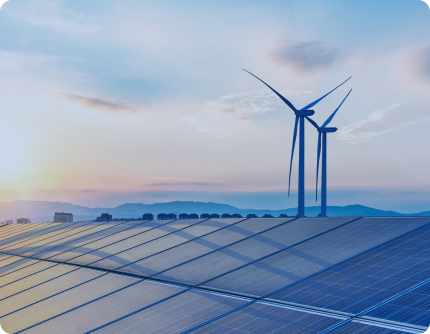Maximising your solar investment: understanding the ins and outs of feed-in tariffs
Have you taken the plunge into the world of solar power—if so, congratulations! You’re reducing your carbon footprint and making a wise investment for your future. However, if you want to get the most out of your solar panels and save some extra dollars, it’s essential to grasp the concept of feed-in tariffs. Today, we’ll walk you through the ins and outs of feed-in tariffs in Australia, so let’s dive right in!
What is a feed-in tariff?
Simply put, a feed-in tariff (FIT) is a financial incentive from the government or your electricity retailer for generating renewable energy, such as solar power, and sending the surplus electricity back to the grid. Essentially, you become a mini power station! This way, you not only use solar energy for your consumption but also share the excess with others, contributing to the overall sustainability of the grid.
Making the most of your solar investment—tips and tricks
By investing in solar panels, you’ve taken a giant leap towards a greener and more sustainable future. Now that you’re generating clean energy from the rooftop, it’s time to make the most of your solar feed-in tariff and reap the rewards of your eco-friendly decision.
Understand your solar feed in tariff rate
Feed-in tariff rates can vary depending on your location, the size of your solar system, and the electricity retailer you choose. For example, the solar feed-in tariff in Vic might not be the same as that in Queensland or Western Australia. The feed-in tariff rate is the key factor that determines how much you earn from exporting your excess solar energy. The Essential Services Commission sets a minimum rate, but retailers have the freedom to offer more competitive rates. Take the time to review your electricity bill or contact your retailer to find out the specific rate you’re getting for each kilowatt-hour of excess solar energy you export to the grid.
Compare gas and electricity plans
While we’re on energy, it’s worth considering the need to compare gas and electricity plans. Many households in Australia use both gas and electricity to power their homes. To maximise your overall savings, it’s essential to review your gas and electricity plans regularly. Some energy retailers offer discounted rates for bundled energy plans, which could be a smart choice for some households.
Time your energy consumption
Time of Use (ToU) tariffs can significantly impact your solar savings. These tariffs offer different electricity rates at different times of the day. Typically, peak hours have higher rates, while off-peak hours have lower rates. By timing your energy-intensive activities during off-peak hours, you can minimise your reliance on grid electricity and save more on your overall energy bill. Use appliances like dishwashers, washing machines, and pool pumps during the day when your solar panels are producing at their peak.
Embrace energy-efficient habits
Energy-efficient habits can go a long way in maximising your solar feed-in tariff. Simple actions like turning off lights when not needed, using natural light during the day, and unplugging electronics that are on standby mode, can reduce your electricity consumption and increase the surplus energy available for feed-in. Encourage everyone in your household to be mindful of their energy usage. You’ll make a substantial impact on your savings.
Invest in smart home technology
Smart home technology can be a game-changer for solar-powered households. By integrating smart devices like smart thermostats, smart plugs, and smart lighting systems, you can optimise your energy consumption. These devices can be programmed to adjust energy usage based on real-time solar production data automatically. For instance, your smart thermostat can adjust the temperature settings to maximise your use of solar energy during the day and reduce grid electricity consumption during peak hours.
Monitor your solar production
Keep a close eye on your solar system’s performance through monitoring tools or smartphone apps. By regularly checking your solar production data, you can identify any issues or inefficiencies that may arise. Early detection of problems will allow you to take prompt action, ensuring your solar panels operate optimally and generate the maximum amount of energy possible.
Battery storage to store excess energy
Investing in solar battery storage is an excellent way to store excess energy for later use. During sunny days when your solar panels are producing more electricity than you can consume, the surplus energy can be stored in the battery for use during the evening or on cloudy days. With a solar battery, you can further reduce your dependence on the grid and in some cases, even go off-grid completely!
Check for government incentives
Many governments offer incentives and rebates to encourage solar adoption. Check with your local authorities or visit government websites to see if you’re eligible for any solar incentives. These programs can provide financial support that will amplify the benefits of your solar feed-in tariff and make your solar investment even more rewarding.
Step towards a sustainable future
Remember, every kilowatt-hour of clean energy you produce and feed back into the grid is a step towards a more sustainable future. Making the most of your solar feed-in tariff gives you financial benefits and contributes to the fight against climate change. So, bask in the sunlight, and let your solar panels power your way to a brighter, greener tomorrow!











